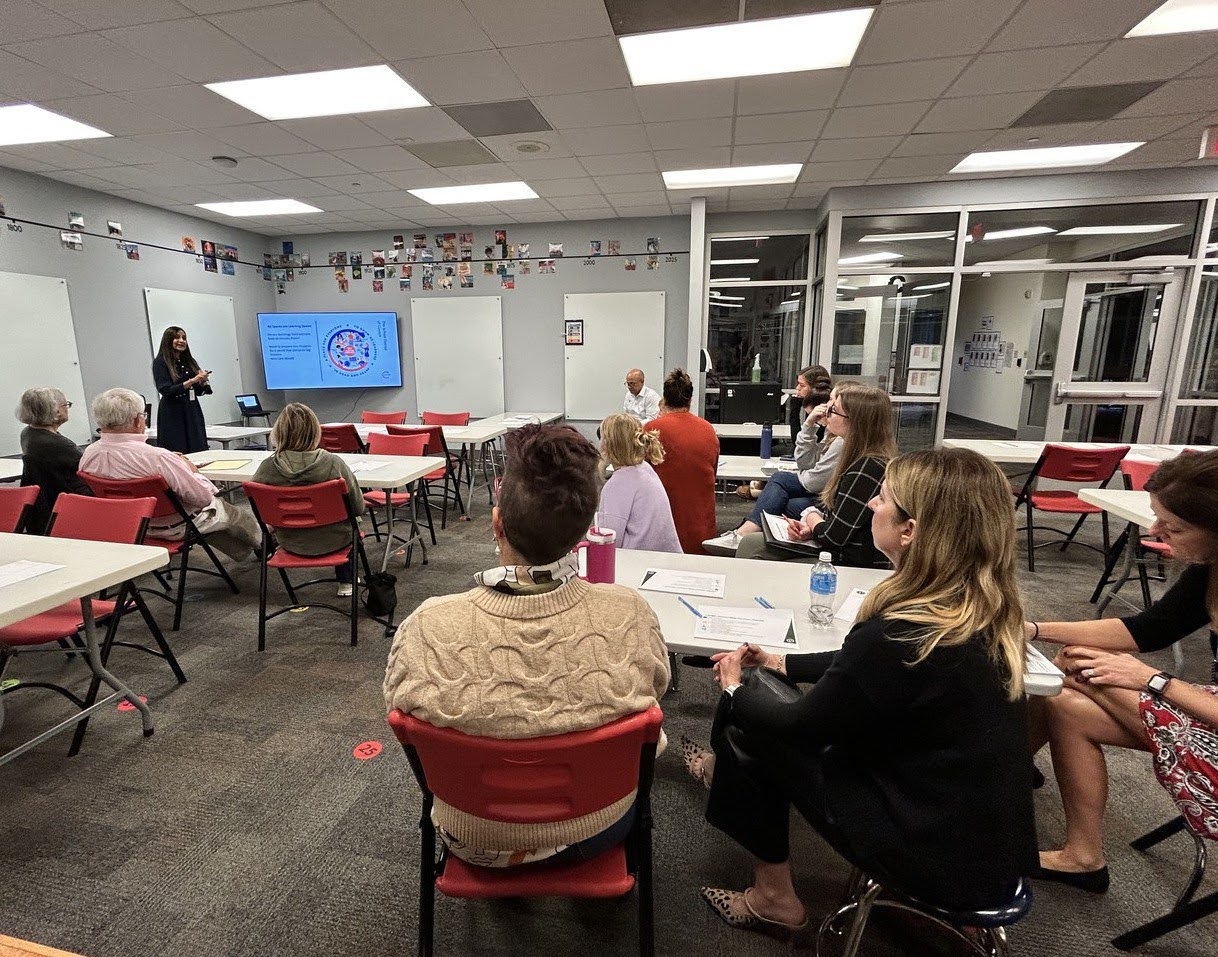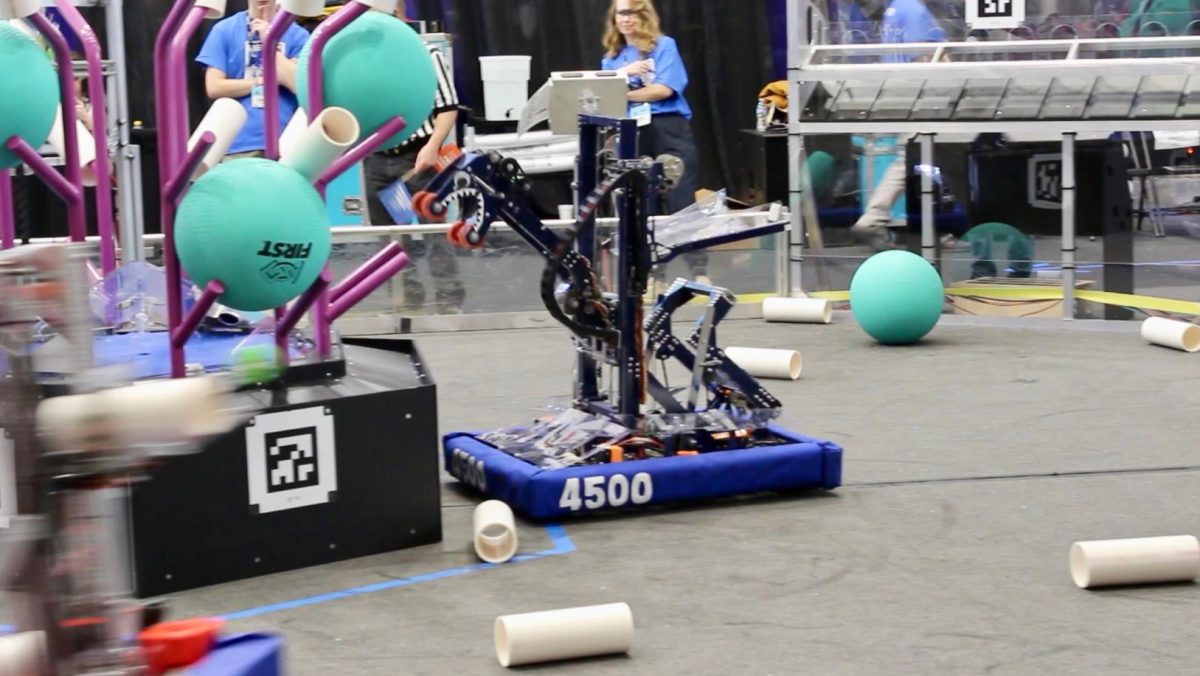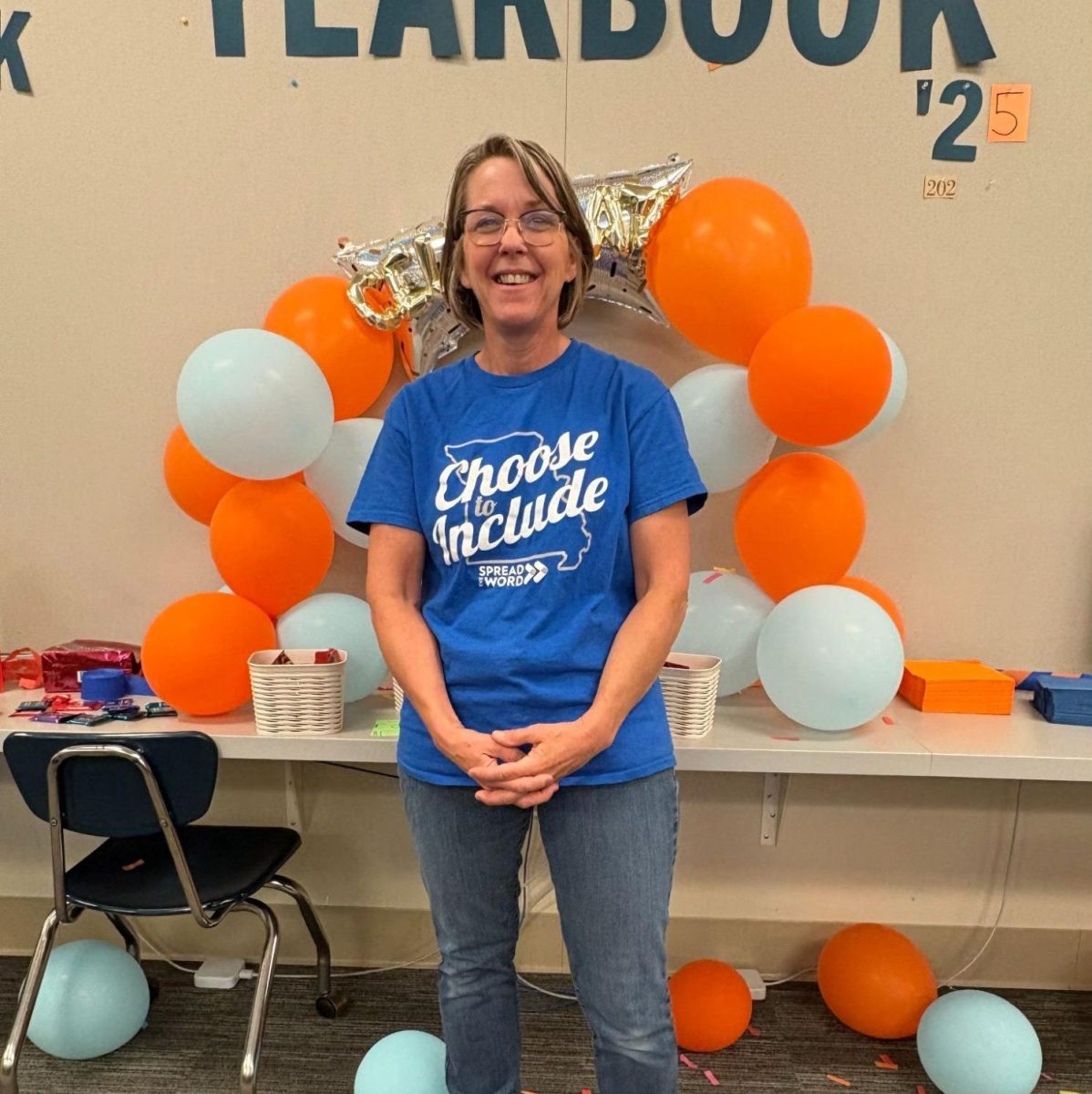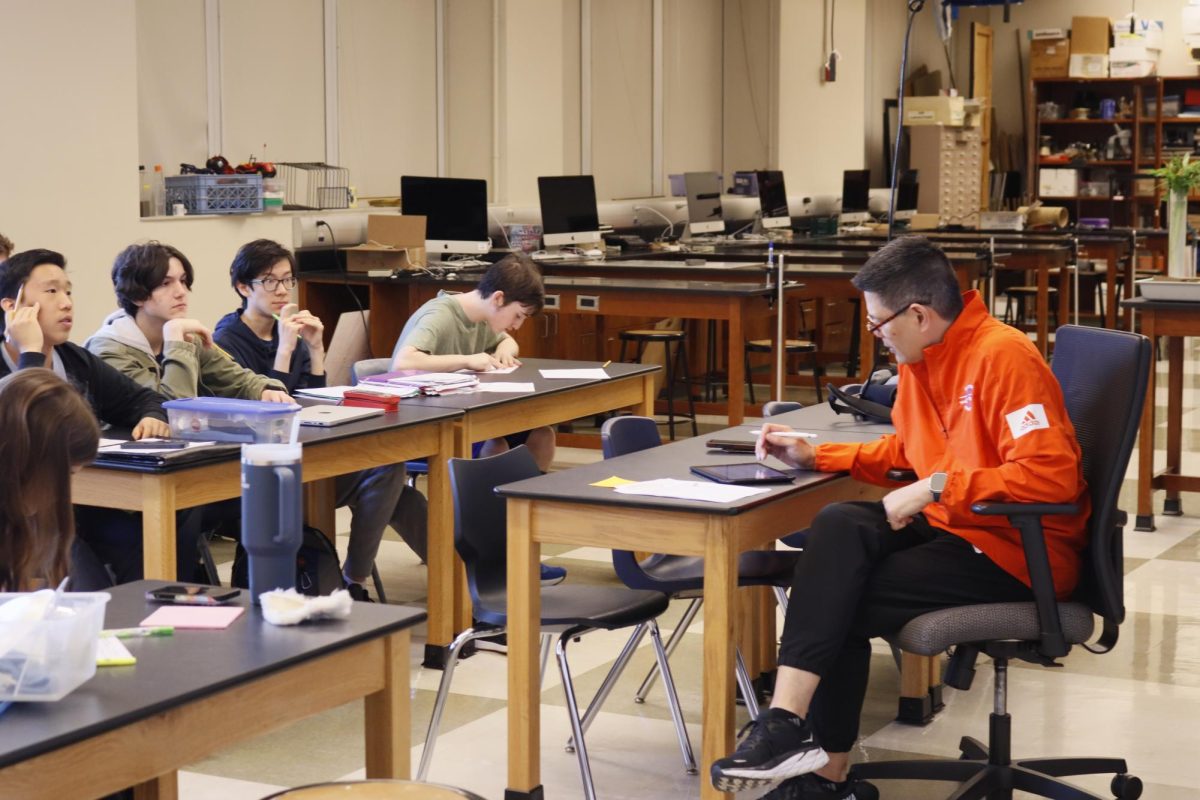The Long-Range Facility Master Plan (LRFMP) serves as a strategic roadmap for the School District of Clayton, guiding decisions about the use and development of its facilities over the next 15 years. The plan aims to improve architecture and technology in schools, especially in specialized areas like robotics, Career and Technical Education (CTE) and Geometry in Construction classrooms. In these areas, special architecture is required to accommodate students’ learning. Paragon, an architectural firm, is the firm selected to complete the long-range facilities master plan for the School District of Clayton.
To gather input, Paragon contacted and collected opinions through surveys and meetings with teachers, admin, students, parents and other community members. Superintendent Nisha Patel emphasized the importance of ensuring all voices are heard.
“We don’t want someone to say, ‘I had no opportunity to give my thoughts and input in this process,’” Patel said. “We’ve been very intentional [in] all meetings, communication [and] everything that we do.”
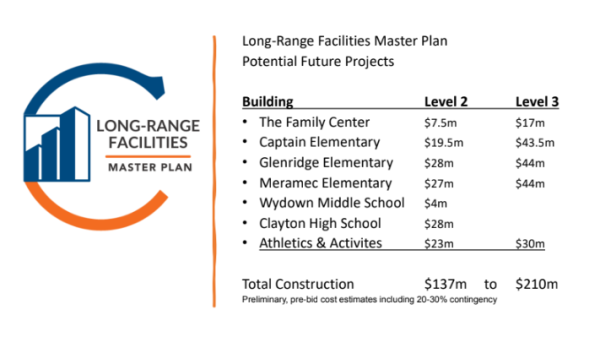
Recognizing that each building has different needs, subcommittees were organized to address the specific priorities. For example, Meramec Elementary highlighted the need for a makerspace and gym expansion, while Wydown Middle School prioritized classroom additions and performing arts renovations.
The construction is projected to cost from $137-210 million. This cost depends on which “level” of construction the district chooses to carry out.
Paragon was selected through a Request for Quote (RFQ) process, which took into account their expertise and collaborative approach.
“Based on what we felt and what they presented, we ended up selecting Paragon as an architect firm because they had recently completed projects at Valley Park [and] Kirkwood. We liked their presentation style and willingness to partner with us on anything and everything,” Patel said.
The LRFMP’s development involved assessments of sites and facilities. Site evaluations included looking at playgrounds, playfields, tracks, courts, parking lots, drives and lighting, while facility assessments focused on floors, HVAC systems and building exteriors.
Common “district-wide themes for improvements” included safety and security, maintenance, accessibility, inclusiveness, curriculum and programming.
“Facilities impact our students and how they learn,” Patel said. “You don’t want to be in a classroom where it’s cold Monday and hot [another] day.”
The plan also addresses the need for more specialized spaces. The CTE branch needs updated classrooms to support new courses like Geometry in Construction that will be available in the future.
Space constraints exist at Wydown and the elementary schools due to roads and housing cutting off the possible new spaces.
“We’re looking at different ways to increase the footprint of the existing buildings, like Glenridge or Meramec, in ways that are respectful,” Brad Erwin, principal architect of Paragon, said. “At Meramec, [for] example, maybe some adjacent city-owned green space can [be] utilized for parking instead of just green space. But there’s also a balance there. We don’t want to pave over every green space possible.”
Demographic studies and safety assessments were also used to analyze building utilization. Last year, Tier One Solutions conducted a safety and security audit. This audit provided detailed information on the current security state and how the district could improve.
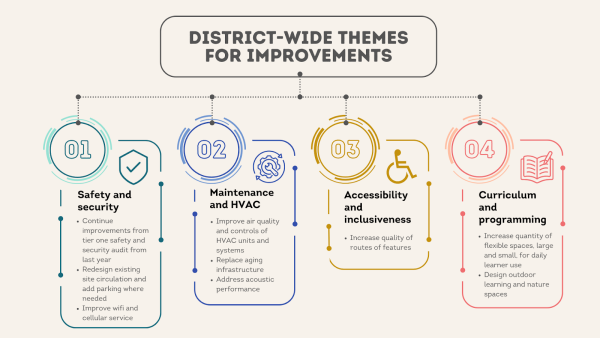
Clayton’s facilities were compared to similar school districts such as Ladue, Parkway, Lindbergh and Pattonville, which recently went through major facility renovations.
The LRFMP prioritizes preparing students for the future and the evolving nature of education by creating more student-centered facilities. This includes flexible, hands-on learning environments.
“The more hands-on learning opportunities we can provide students through internships, specialized courses, or programming, the better.”
New academic courses like AMPED (Algebra I, Manufacturing, Processing, Entrepreneurship and Design), and Geometry in Construction, provide our students with future ready experiences and we need proper faciliites to execute this.
“What’s difficult is those programs require spaces that are [a] little bit atypical,” Erwin said. “While they can run successfully in spaces designed for those types of programs, at some point, they reach a cap, and they start to inhibit learning [ability] for the students.”
Sustainability and global education are also key issues. Patel sees a future where students are more globally connected and prepared for the real world.
“I’m extremely focused on global education. So it’s not just in our bubble in Clayton, St. Louis County or even the United States. But how do we connect our students globally with other students?” Patel said.
Current programs like Catalyst emphasize these ideas by providing real-world learning opportunities.
“The Catalyst program is a consortium of area schools joined together as part of this Catalyst program that helps put high school students into real-world learning opportunities. They come together in a facility, have some educational activities and then go out to businesses [and] out to the community,” Erwin said.
Sustainability is also important when it comes to planning for the future. Green spaces are a way of putting this idea into action.
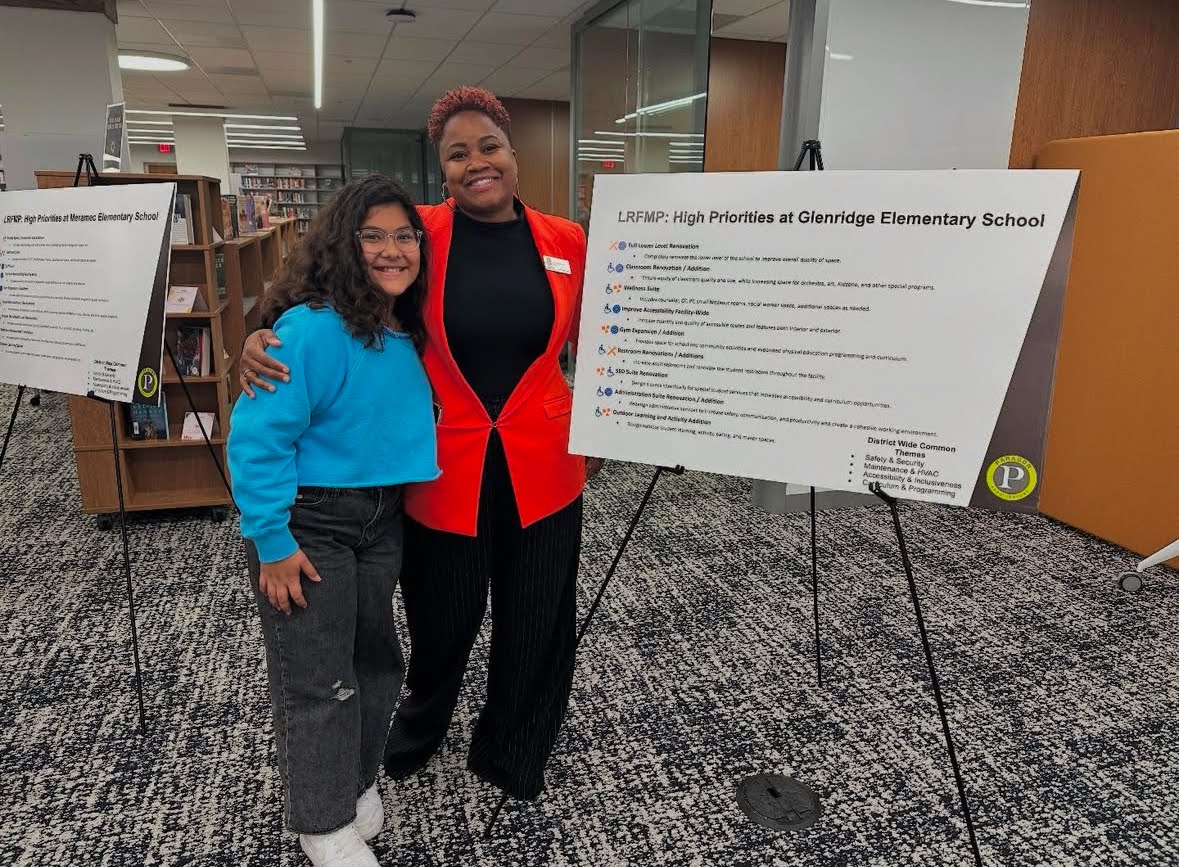
“We’ve heard from the elementary students at Captain Elementary and Meramec Elementary [about] how much they would appreciate having softer green space for physical education and outdoor play like recess,” Erwin said.
Patel emphasized the importance of continuous evolution to maintain Clayton’s status.
“We’re a great school district. People move to Clayton for our schools [and] if we want to continue to be a premier school district, not only in Clayton or in St. Louis County or the state of Missouri, but nationally, we have to continue to evolve,” Patel said. “Part of that [evolution] is looking at our buildings and what other districts are doing. Look at Parkway, Ladue, Pattonville or Lindbergh [and] the evolving facilities they’ve had. They’re investing in that.”
Paragon will present the final results of the Long Range Facilities Master Plan process to the Board of Education at the Feb. 19 meeting.
“[Our goal] is to be a place for everyone to grow as learners in head and heart. That is the foundation of everything we do,” Patel said. “So The Long Range Facilities Master Plan [is to] make sure our facilities help our students in the process [of] making sure that they are getting the competencies that they need to be ready to take on the world.”



